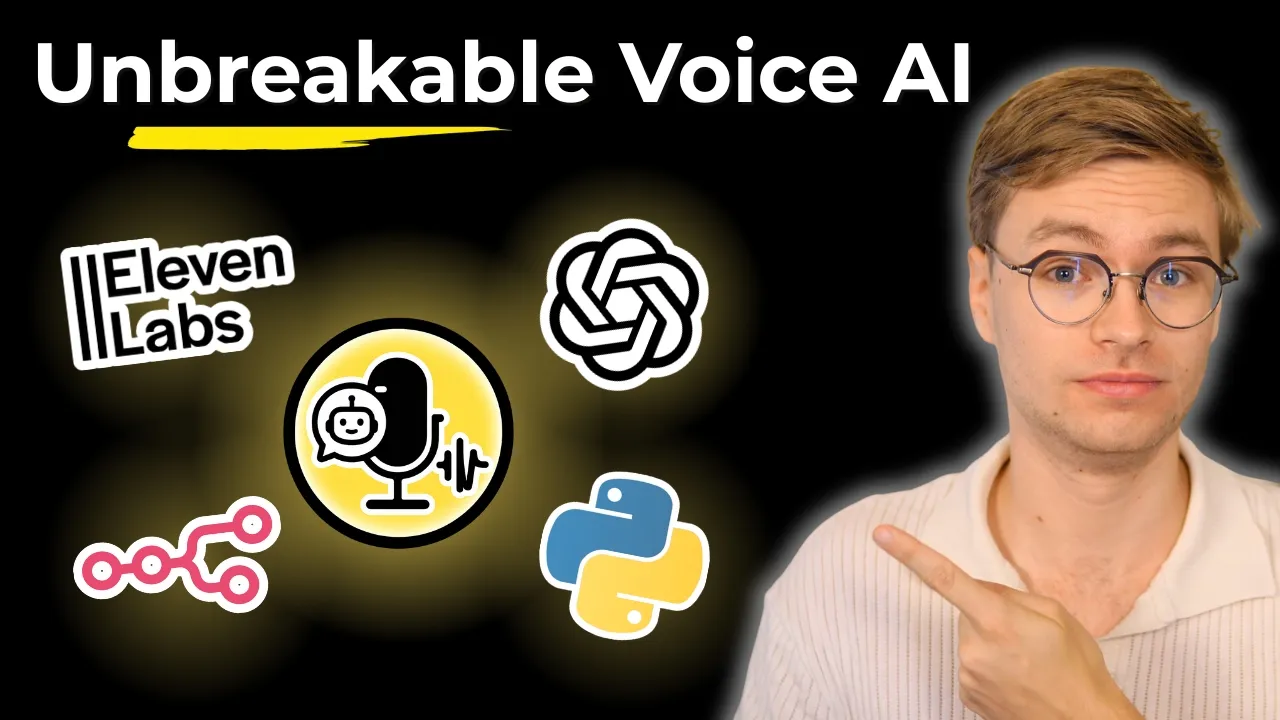AI-Powered Call Analytics and QA Automation
Contact centers want to review every call without hiring an army of QA analysts. That demand is driving AI-powered analytics and automated scorecards. The challenge is data quality. In the video, the unsupervised agent ignored a frustrated caller because it clung to the original prompt. If you feed analytics with that messy conversation, insights collapse. The moderator loop fixes the root issue by capturing structured outcomes, consistent sentiment markers, and accurate next steps.
Why QA Automation Needs Moderated Agents
Automated analytics rely on a clean signal: checklists, tone labels, and action summaries. A single-prompt agent cannot guarantee those outputs once the conversation stretches. It skips required questions, mislabels sentiment, and leaves follow-up fields blank. That is how dashboards lie and QA teams chase ghosts.
Pairing the agent with a moderator that shares the same system prompt adds reliability. In the demo, the moderator nudged the agent to acknowledge frustration and capture improvement ideas. Applied to analytics, it ensures the agent completes the checklist, logs decision rationales, and produces transcripts that downstream models can trust.
Build the Analytics-Friendly Checklist
Prioritize fields that power your QA automation:
- Conversation metadata: caller intent, product line, and interaction length
- Outcome tracking: resolution status, escalations, and promised actions
- Sentiment signals: satisfaction level, frustration markers, and empathy responses
- Compliance confirmations: disclosures delivered, consent recorded, and policies cited
Embed this checklist in the shared prompt so the moderator can flag gaps immediately. When the agent forgets to mark resolution status, the moderator suggests the precise question that unlocks the data. This structure mirrors AI Agent Development Practical Guide for Engineers.
Close the Loop with Automated QA
Once the moderated agent produces consistent transcripts, the analytics layer can:
- Auto-score calls against QA rubrics and escalate anomalies
- Surface coaching opportunities for human agents by detecting repeated objections
- Feed RevOps and product teams with structured customer voice insights
Tie these loops into AI Agent Evaluation Measurement Optimization Frameworks so every metric connects back to business outcomes.
Keep Humans Focused on High-Value Reviews
QA analysts should investigate complex cases, not verify whether a disclosure landed. The moderator assists by coaching the agent to:
- Announce key moments so analytics models can tag them reliably
- Summarize next steps at wrap-up for fast human review
- Trigger supervisor alerts when risk signals cross thresholds
Those behaviors mirrored the demo’s improved tone and give QA teams leverage.
Roll Out Analytics Alongside Moderated Agents
Pilot the moderated voice agent on a targeted queue, then align analytics models on the resulting transcripts. Review moderator coaching logs, validate tagging accuracy with QA leads, and iterate until automated scores match human benchmarks. Expand coverage once the pipeline is stable, keeping documentation current through AI Agent Documentation Maintenance Strategy.
Next Steps
Watch the video walkthrough to see how the moderator packages checklist status, coaching, and suggested prompts. Then layer analytics and QA automation on top of that disciplined output. Inside the AI Native Engineering Community we share scorecard templates, analytics dashboards, and rollout guides. Join us to evaluate every call without burning out your team.

